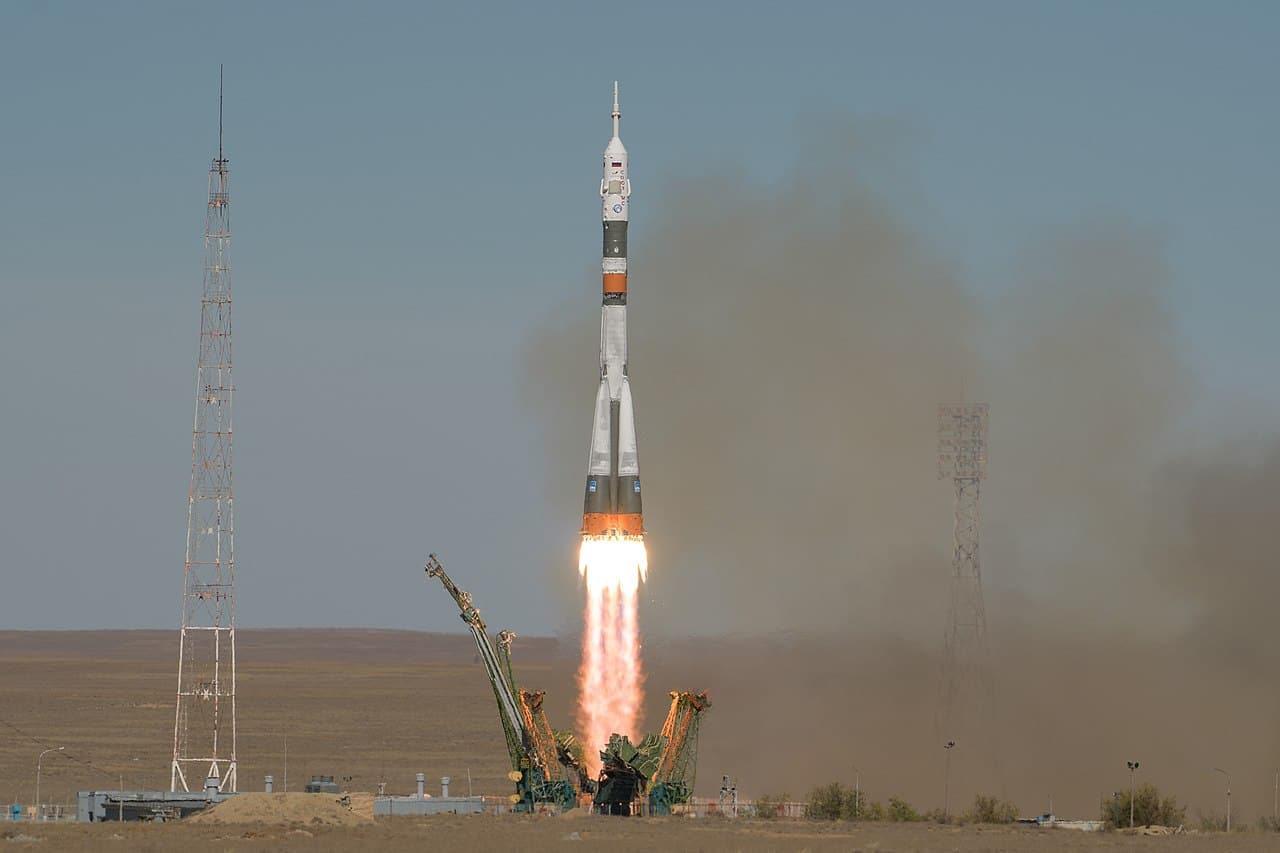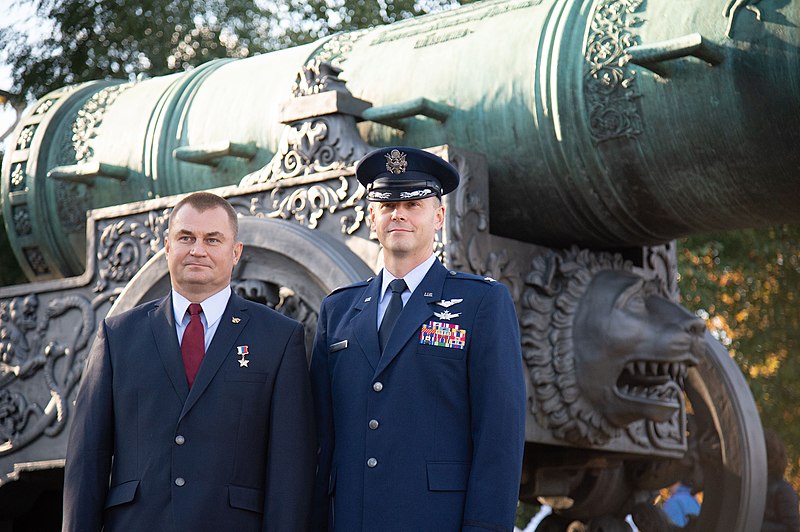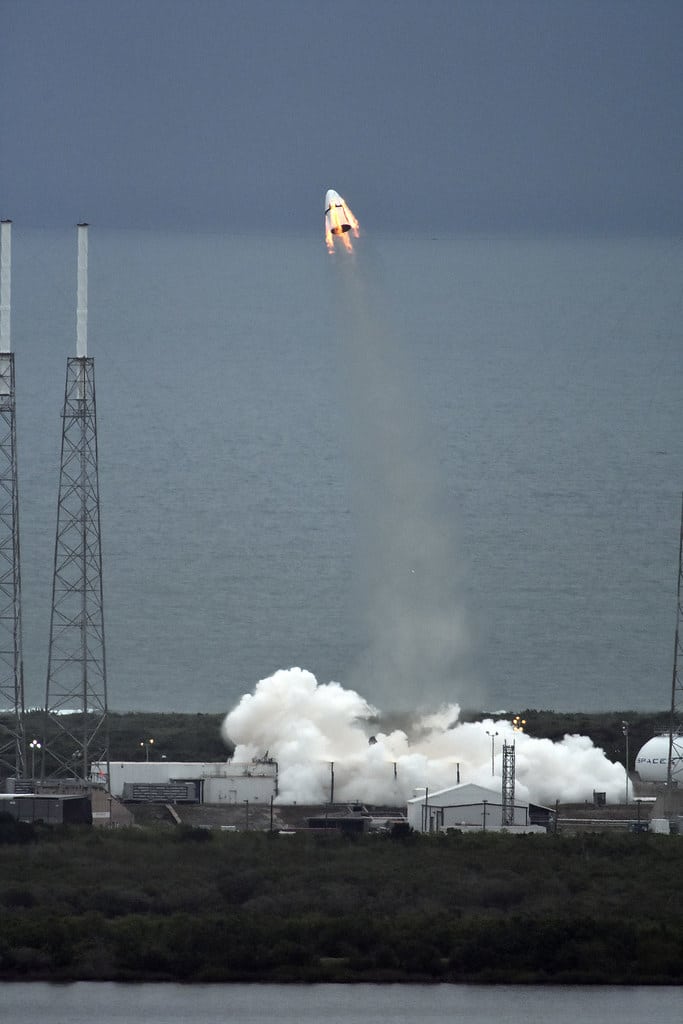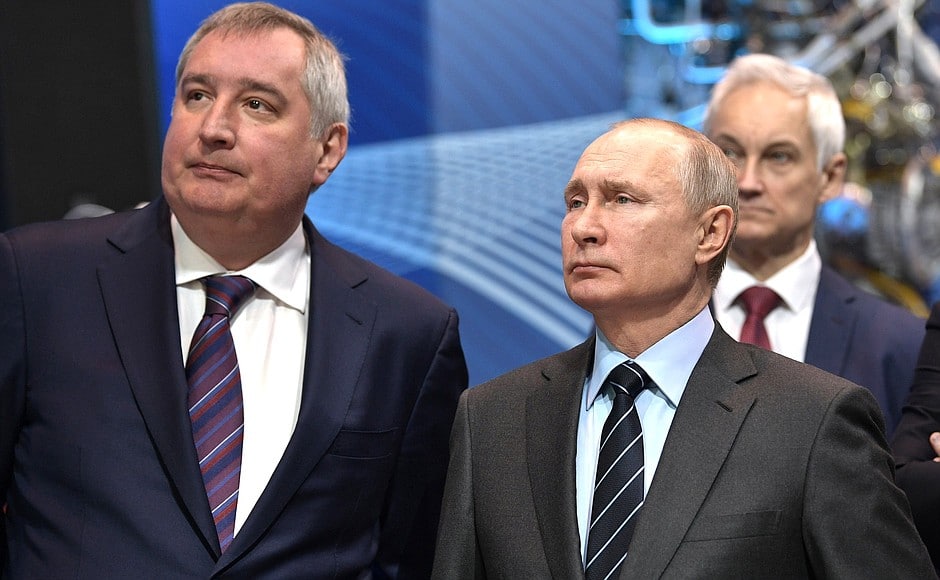On October 11, 2018, American astronaut and Air Force fighter pilot Nick Hague climbed aboard a Soyuz rocket alongside his Roscosmos counterpart, Russian cosmonaut Aleksey Ovchinin. For Hague, it was to be his first trip to space, and the launch represented a culmination of years worth of training. When the clock wound down to zero, the rocket launched like any other, but within minutes, it became clear that something was wrong. Hague knew the trip was going to be bumpy, but as the craft started to shake violently, the decision was made to eject the crew capsule from the failing rocket booster that carried them aloft.

The rocket launch was a failure, but for Hague and Ovchinin, their survival represented an important success for the long-dated Soyuz rocket’s crew safety apparatus. Back here in the States, as SpaceX and Boeing were hard at work on their own crewed rocket programs, the failed Soyuz launch brought renewed importance to their own crew ejection systems.

That Soyuz failure was likely on the minds of many as they gathered around the Cape Canaveral launch complex in Florida this weekend, as a Falcon 9 rocket took to the skies. There were no astronauts on board, but the veteran first stage booster (it had already made the trip to space three times) was indeed carrying valuable cargo: SpaceX’s Crew Dragon space capsule. Approximately 84 seconds after the rocket left the launch pad, it exploded into a fireball.
Had it not been for the cloud cover that had rolled in, the spectators would have seen the Crew Dragon capsule floating back to earth. It had ejected away from the exploding rocket and returned to the surface safely, and most importantly, any astronauts on board would have survived the ordeal. The explosion had been intentional, of course, to test what SpaceX calls their SuperDraco-powered abort system. Proving that the crew escape system works was actually the final hurdle SpaceX needed to get over before it could begin launching crewed missions for real.

“We are purposefully failing a launch vehicle, to make sure our abort system works,” Kathy Lueders, NASA’s Commercial Crew Program manager, said during a prelaunch news briefing on Friday (Jan. 17). “That’s a very, very different way for us to formally conduct a mission.”
You can watch the test in its entirety here:
SpaceX is slated to conduct their first crewed rocket launch later this year, as are their competition at Boeing. For NASA, this represents more than just the addition of new rocket capabilities, it means a return to putting Americans in space without having to hitch a ride on Russian rockets. Although the United States and Russia have historically kept their diplomatic scuffles out of orbit, there remains tension between NASA administration and Russia’s space-fairing equivalent, Roscosmos.
Those tensions were made worse in 2018 when Russian President Vladimir Putin appointed a man named Dmitry Rogozin as the head of Russia’s space program. Rogozon had famously mocked the United States for years over its reliance on Russian rockets, and in what was seen as a slap in the face to NASA leaders, Rogozon was also on a list of authorities the United States had sanctioned over his role in Russia’s military annexation of Crimea in 2014. Legally speaking, that meant NASA officials would be barred from engaging with the head of Roscosmos directly.

The future also looks a bit bleak for America’s warm ties with Russia in the frigid reaches of space. For decades, cooperation on the International Space Station (ISS) had given American and Russian officials good reason to maintain a friendly working relationship. Now, however, with the ISS slated to be decommissioned in the coming years and tensions once again on the rise between the two space-powers, we may soon see an end to American-Russian joint space operations.
Whether that will be the case or not is yet to be determined, but one thing is for sure: America will certainly be glad to have its own rides into orbit again, and SpaceX just got that much closer.
Feature photo courtesy of NASA


